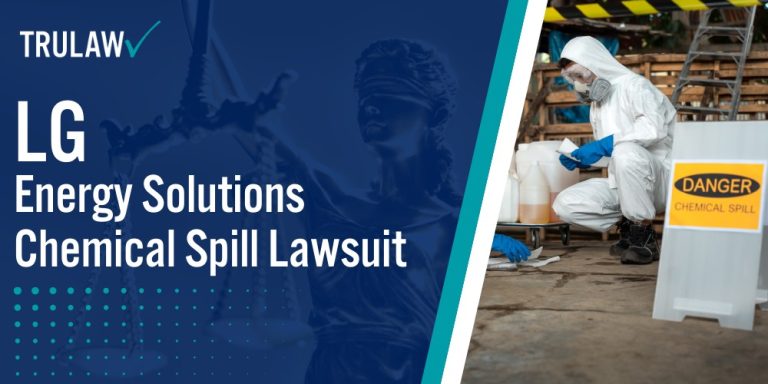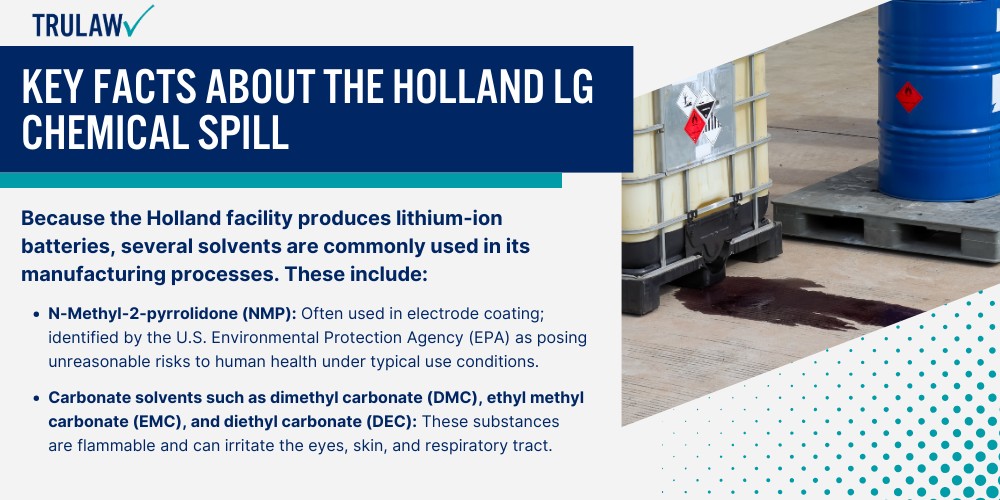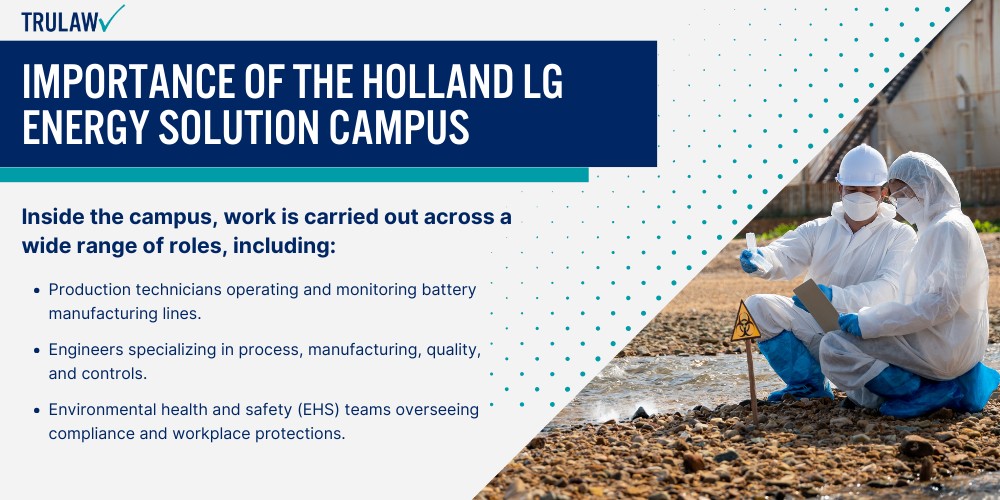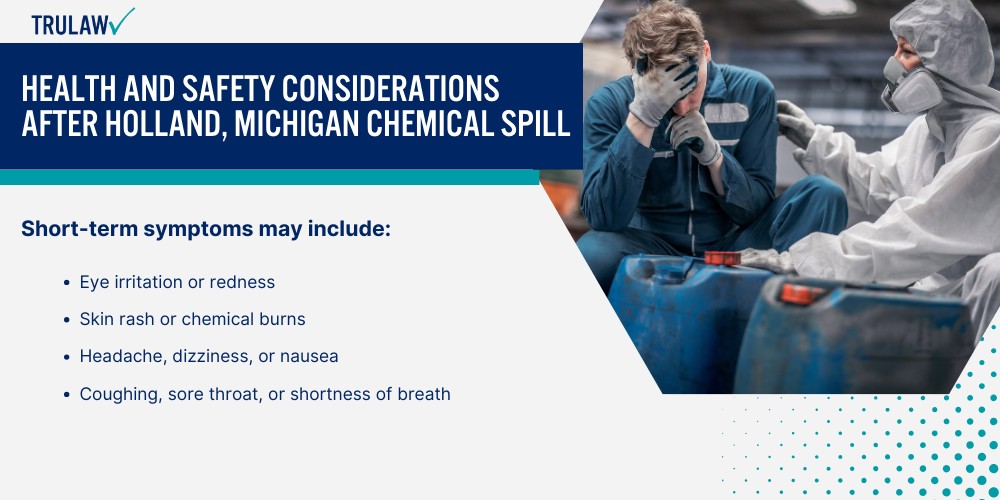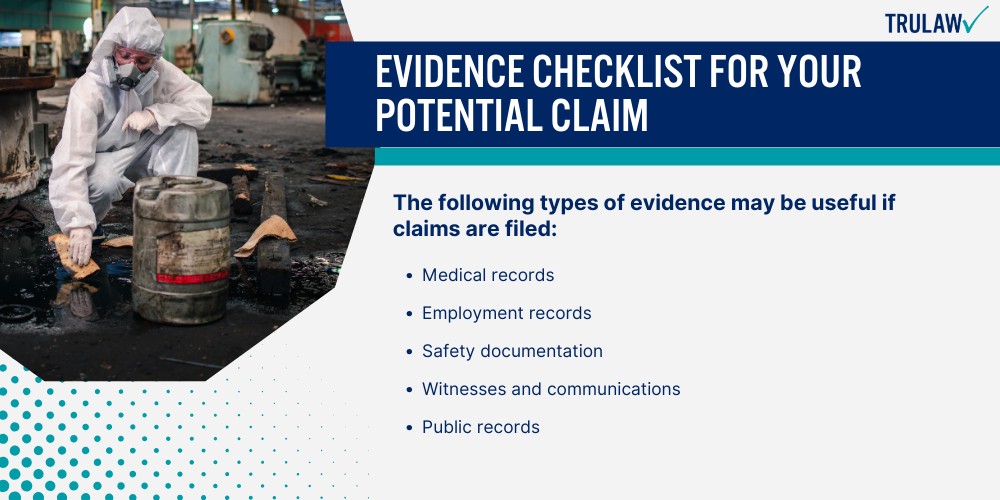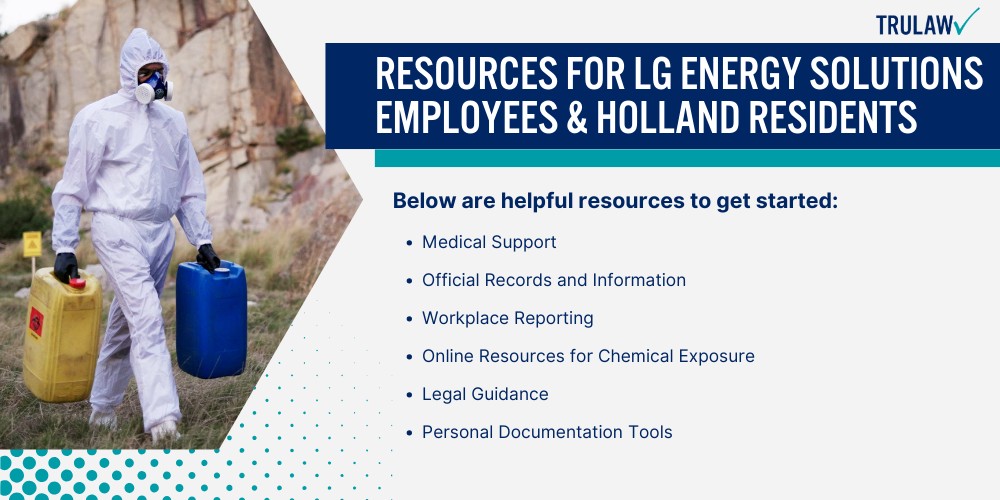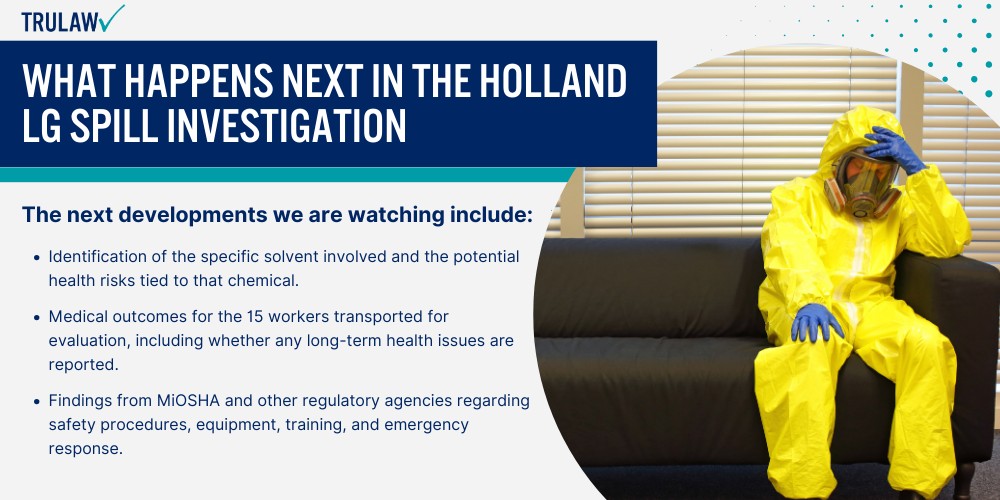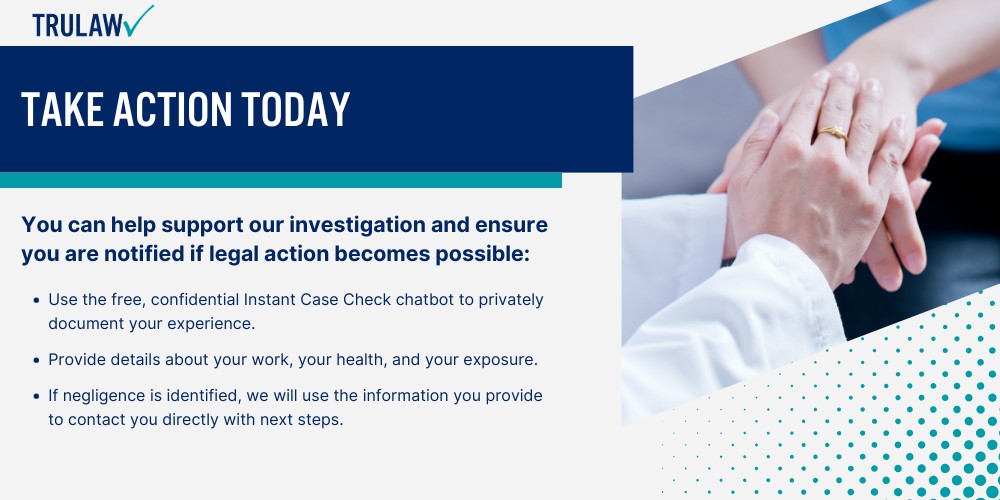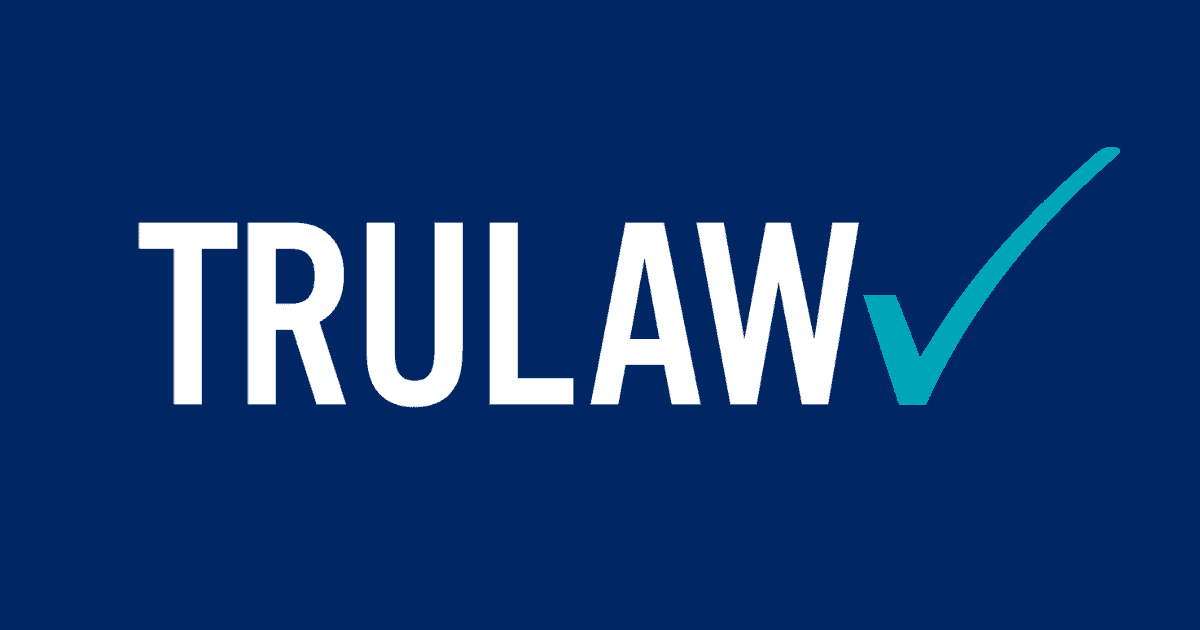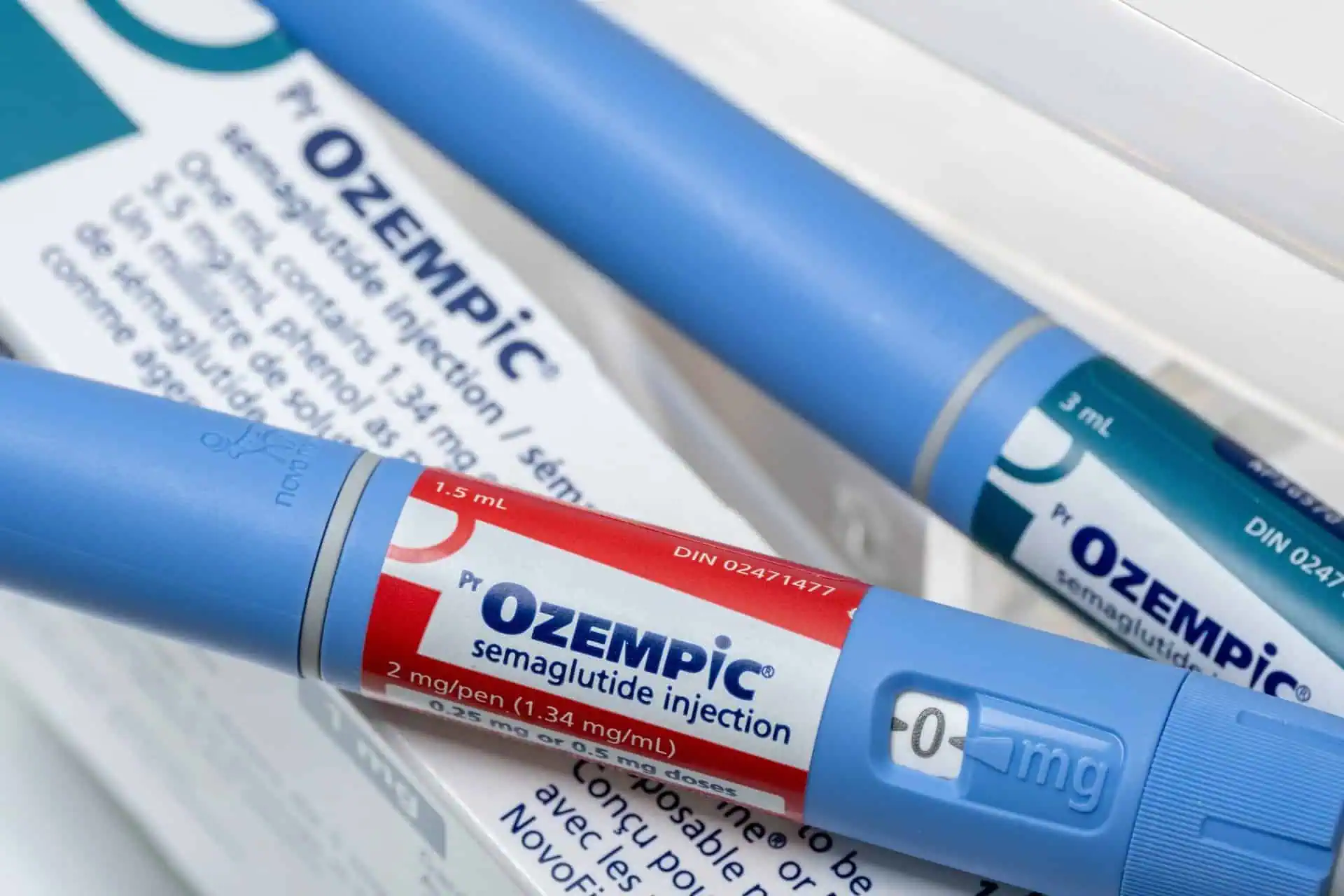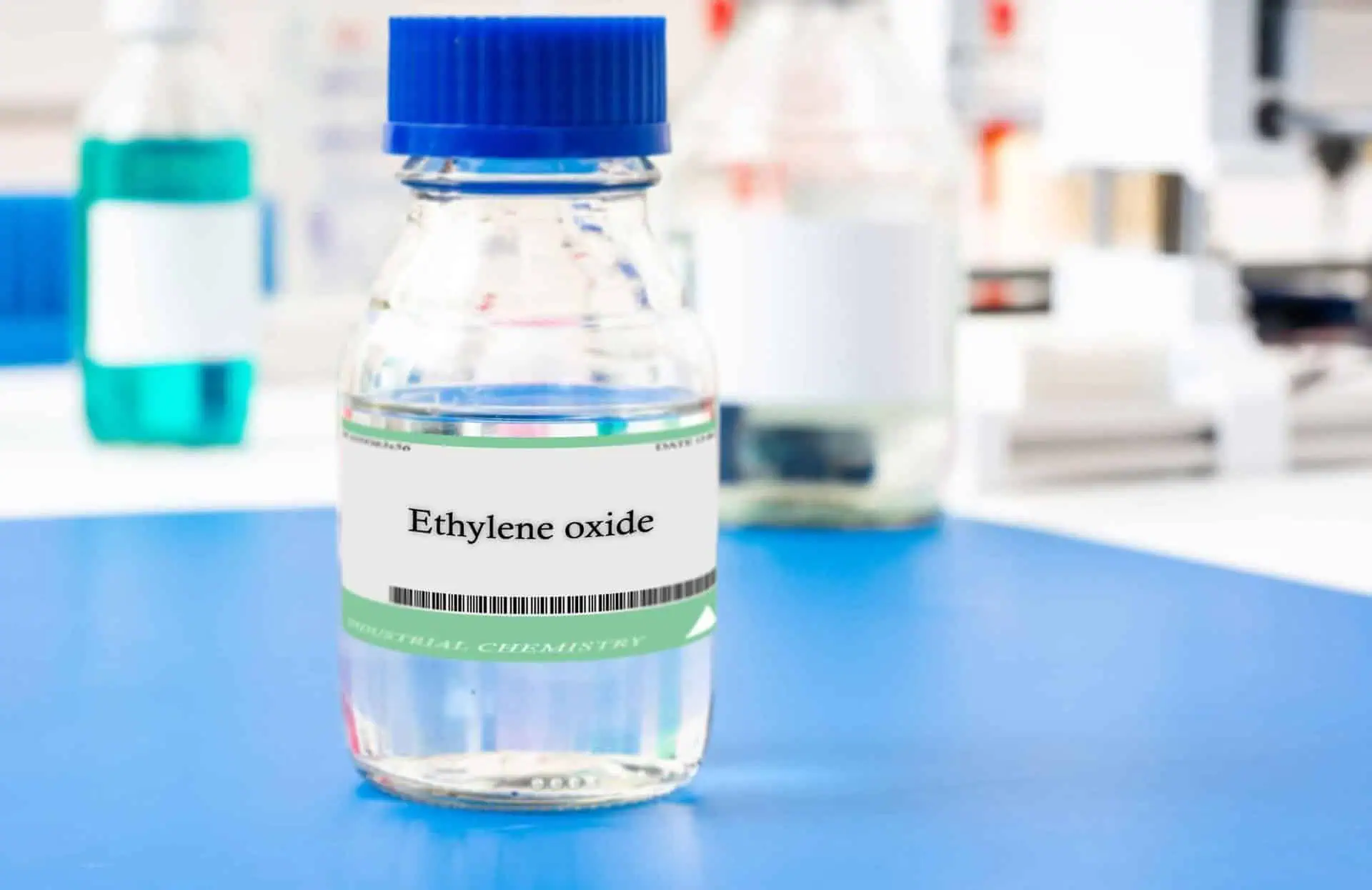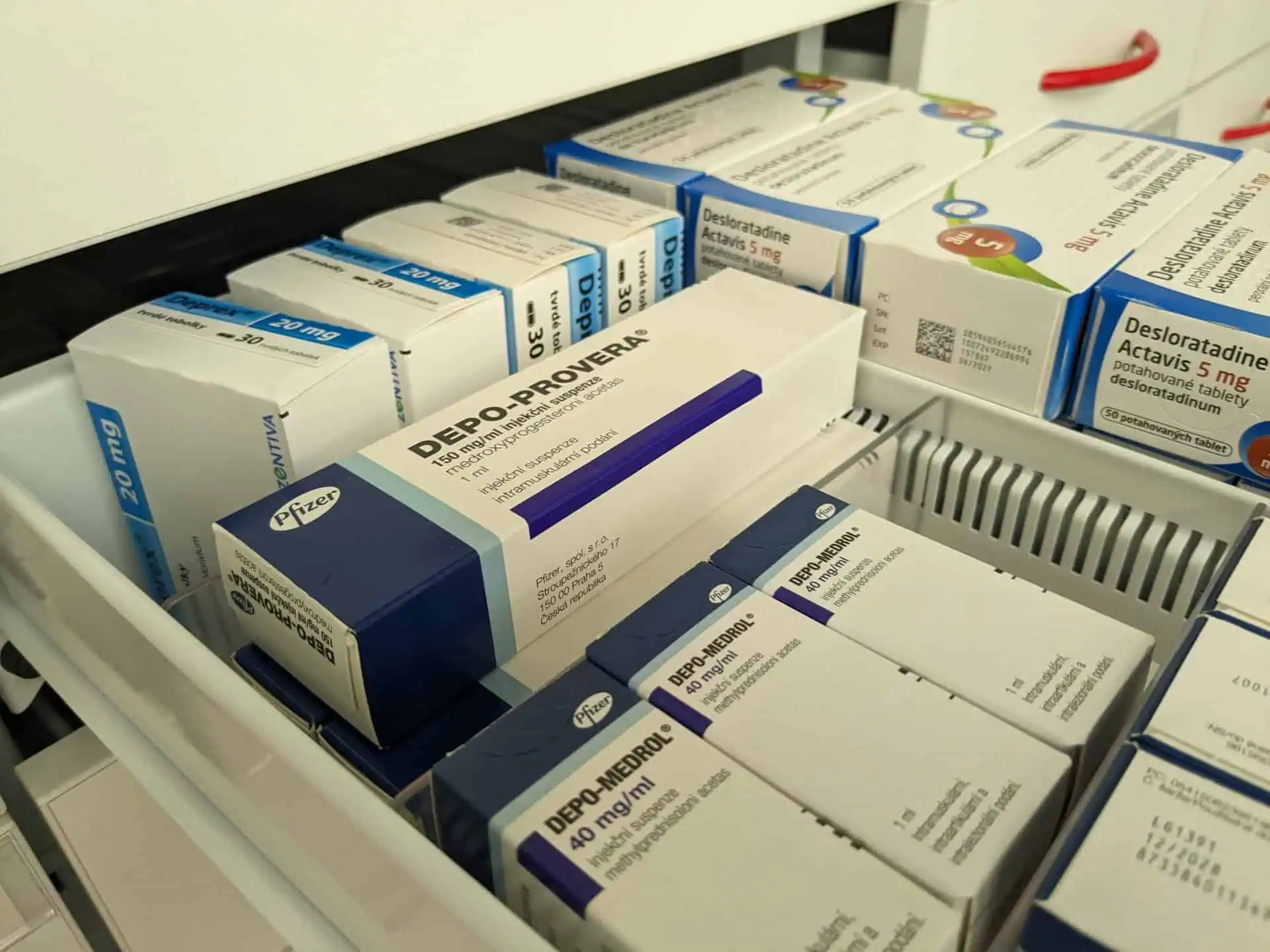When and Where Did It Happen?
The spill took place on Saturday, September 6, 2025, at the LG Energy Solution Michigan plant located at 875 E. 48th Street in Holland, Michigan.
The Holland Fire Department (HFD) received the emergency call at approximately 3:26 p.m. ET and immediately dispatched crews trained in hazardous-materials response.
Hazmat protocols were quickly activated, employee areas were secured, and specialized cleanup teams were brought in to contain and neutralize the spill.
Officials confirmed that the incident was confined to the facility and did not pose a risk to the surrounding community.
What Do We Know So Far?
According to the HFD, the chemical release was significant enough to require emergency transport of 15 workers for medical evaluation. Fortunately, no life-threatening injuries were reported at the time.
Authorities emphasized that the spill was fully contained on-site and that air quality and environmental monitoring outside the facility did not detect any immediate public danger.
The incident remains under review by local agencies, and LG has stated it is cooperating with investigators.
What Chemical Was Involved?
Officials have not yet disclosed the exact substance released. LG Energy Solution characterized the event as a “solvent spill” and noted that no environmental impact has been identified to date.
Because the Holland facility produces lithium-ion batteries, several solvents are commonly used in its manufacturing processes. These include:
- N-Methyl-2-pyrrolidone (NMP): Often used in electrode coating; identified by the U.S. Environmental Protection Agency (EPA) as posing unreasonable risks to human health under typical use conditions.
- Carbonate solvents such as dimethyl carbonate (DMC), ethyl methyl carbonate (EMC), and diethyl carbonate (DEC): These substances are flammable and can irritate the eyes, skin, and respiratory tract.
While the precise chemical has not been confirmed, these examples illustrate the types of materials regularly handled at lithium-ion battery plants and the potential health risks workers may face after exposure.
